Follow the three generations of TRAK Pilots as they embark on a self-supported expedition down an endangered river running through the steppes of Patagonia.
The TRAK 2.0 gets its maiden voyage in one of the most remote regions of the Americas.
(10 minute read - told by way of an immersive photo exhibition)
A Maiden Voyage on a Threatened River
The Rio Santa Cruz crawls 325km across the Patagonian steppe, depositing an enormous volume of glacier water into the Atlantic Ocean. Three generations of TRAK Pilots are paddling this mighty river, beginning at its source: Argentina’s great alpine lakes of Viedma and Argentino in the Andes Mountains.
The TRAK 2.0 gets its maiden voyage in one of the most remote regions of the Americas.
Steeped in History
These TRAK Pilots are the latest in a long line of prestigious explorers to embark on this oft-overlooked region of Patagonia. The area was discovered by Magellan 499 years ago on his first voyage to the Southern terminus of America. Magellan had entered into the mouth of a large river on the day of the Exaltation of the Holy Cross, and named the river “Santa Cruz”. The expedition also encountered native people in the region who, to the medieval Spanish, possessed large feet (“patagones”), who became the namesakes for the entire region, Patagonia.
The river would not be officially explored until centuries later, when Charles Darwin and Captain Robert Fitzroy visited the area, in April of 1834. The men of the Beagle went up the river for weeks in hopes of finding its source. They man-hauled three whaling boats filled with their supplies in an arduous trek westward and upward, desperately hoping to reach the Andes mountains – this expedition, however, did not succeed. The men of the Beagle were forced to turn back toward the HMS Beagle which laid ashore on the Atlantic coast for necessary repairs.

Ecological Oasis & A Threatened World of Fossils
It would be 40 years until the expeditions of Francisco Moreno that the source of the river was reached and a world rich in fossils uncovered. It was in the “Barrancas” lining the river where he discovered multiple fossils belonging to undiscovered and long-extinct mammals, dating from a time when South America was home to giant armadillos, giant sloths, and the aptly-named “terrorbird” which stood 240cm in height and weighed 136kg.
The Santa Cruz remains incredibly fossil rich, delicately preserved within a mostly-untouched ecosystem. This delicate river is now threatened, however, by hydroelectric development from the Argentine government. A vocal grassroots movement (Rio Santa Cruz Sin Respresas) has sprung up in opposition to the development of the region, passionately defending the existing ecosystem and the traces of life from as far back as 16 million years ago. It is the vulnerable status of this river that compelled TRAK Pilots Ken Storm, Zack Kruzins, and Cole Wilde to re-trace the footsteps of Charles Darwin and Captain Robert Fitzroy, collect the stories of its people, and explore along the Santa Cruz – perhaps for the last time.
Maiden Voyage of the TRAK 2.0
Unimpeded by the logistical challenges of taking hard shell kayaks to one of the most distant corners of the Americas, our three TRAK Pilots were able to bring the new TRAK 2.0 as the vehicle for this expedition. With years of experience in taking TRAKs to the ends of the earth, these Pilots built their kayaks on the shores of Lago Viedma and made the exposed crossing of Lago Viedma, paddled down the river Rio La Leona and went onward to the Rio Santa Cruz. The TRAK 2.0 is an ideal craft for such a remote journey, providing a steady yet-nimble paddling experience that will serve them from the windy Andean crossing, down the entire length of the Santa Cruz, and into the Atlantic Ocean. The TRAK 2.0's durability, versatility and adaptability, was truly put to the test on this 15 day self-supported expedition.
Words from the expeditioners:
On the second day of our expedition, we were tasked with the greatest hurdle of our trip, a super exposed 16.2 km crossing from the eastern shore to the western banks of Lago Viedma. After we had completed our crossing of Viedma lake we were all relieved, however it was after taking our much needed break that the winds really started to pick up.
The northerly winds began funneling down the lake from Glacier Viedma, we were seeing constant winds of 25 knots with gusts of up to 30 and even 35 knots.
We paddled an additional 20 km's that day until we arrived to Estancia Maria, a farm which we had believed to be abandoned... We were all physically exhausted from the our paddle that day and there was no sign of the wind conditions diminishing, strong gale force winds were forecasted for the next 48 hours, we wondered how we would ever make it to the mouth of the Rio La Leona...

Day 2 - Departing the Andes, Mt.Fitzroy and Cerro Torre behind us!

8Km's into our 16.2 km crossing of Lago Viedma, Winds building

Arrival to the west shores of Lago Viedma, Time for lunch!

Strong winds building, time to get Ken off the water

Surfs up! Towing Kens loaded TRAK in Strong following "Seas"

Arrival to Estancia Maria, Zack and Cole approach with caution...

Stories shared and friendships formed at Estancia Maria

How are we going to transport 3 Sea Kayaks with that! Miguel was constantly smiling like that from the 1st moment we met

TRAKs & all of our expedition gear loaded! Portability is ESSENTIAL for maximum logistical flexibility when executing expeditions

At last, arrival to the river, Rio La Leona

(Day 4- Departing Hotel Rio La Leona!)
Our run of the Rio La Leona river was an incredible full-day journey, it was also our first opportunity in our expedition to utilize the TRAK's Adjustable Rocker feature, carving and zig zagging along the eddies and whirlpools in the TRAK's "PLAY" mode is an experience any sea kayaker can appreciate. During the final hours of our paddle toward our campsite we would encounter Strong head winds of up to 30 knots, we were all incredibly impressed how well the TRAK could handle the conditions, the hard chine hull and adjustable "Flat Keel" made tracking straight down the river possible. Having a kayak that can ADAPT to changing conditions is an incredible feature to have in an Expedition Kayak.

Good times with new and old friends on Rio La Leona

Challenging conditions would tighten our pod through the last leg

Milky Glacial tilled melt water courses through Rio La Leona

Ken Storm, 65, On top of the world, while kayaking at the geographical bottom!

(Our campsite for 3 nights, along the bank of R.L.L - plenty of Daisey's)

(Wild horses roam the shores, the expeditioners dream, just breathe!

Just gaze at Lago Argentino, Patagonia Steppe contrasting moody skies

Cole Wilde reading up on Darwin's journals from his 1834 Expedition

At last, our weather window to cross the eastern shore of Lago Argentino
Conditions could not have been better for our super exposed crossing of the easterm shore of lake Lago Argentino. As we approached the mouth of the Rio Santa Cruz our energy levels were rising, now was the time to begin our voyage down the famous river that Charles Darwin and Robert Fitzroy navigated upwards nearly 200 years earlier. The beauty, the power and the life that exists along and flows along the Rio Santa Cruz would touch our hearts in a way that we could have never imagined. There is no love without pain, the very lifeblood of the Patagonian Steppe is the Rio Santa Cruz. Three generations of paddlers would embark on a paddle for adventure, peace and hope.

Herds of Guanaco would gaze upon us, curious of our very nature

Wild Cau-Cen Geese along the banks of the Rio Santa Cruz

Ken and Cole determining Darwin's landing zones from his 1834 expedition, based off of Conrad Martens illustrations

Local Bandurias gaze down at us

Arrival to our first camp on the R.S.X - Poppler trees provide protection

Our first sunset on the Rio Santa Cruz, the beauty of this river was truly beginning to capture us

Day 11 - Rest day to explore the area and exercise our legs!

Our favorite campsite! on the shores of Condor Cliff

A top Condor Cliff, emotions were high as we gaze toward the dam construction zone.

Sipping some vino at sunset with Zack...
At the end of our lives, all we will have is memories, what memories will you create, and with who?

Disappointment and frustration...
You could cut the tension in the air with a knife...

Day 13 - Arrival to Fossil Bay (Bahia de fossil)

Fossil hunting in the Santa Cruz formation, what an EPIC place to explore!

16 million year old Dinosaur dentures


There is so much at stake to lose on the Rio Santa Cruz

One of Conrad Martens most famous illustrations from their voyage, "Basalt Glen"

We found it! We were literally standing in the foot steps of Martens, Darwin and Fitzroy!

Stopping for a quick break and we made a discovery!

A fossilized oyster covered with barnacles - Darwin would have appreciated this

Indication of an approaching coast, and a cold frontal system

Head down and paddle! Loving my Nimbus paddle!

Day 14 - Arrival into Piedra Buena, time to sleep in a real bed!

The final sunset of our expedition, a bitter sweet

Day 15 - The final push to the tide water of the Atlantic Ocean

Alexander at Kayak Aventura was kind enough to guide us during the last leg our our trip! Thanks Alex!

Zack! I can taste the salt in the water, we did it!!

Arrival to Puerto Santa Cruz, from the Andes to the Atlantic!!!

Flights to catch home in 36 hours! Where do the kayaks go!?

Time to go home! Boat to bag! A Superior feature for an Expedition Kayak! Where will you go? #TRAKEverywhere
The TRAK 2.0 has been out on several test expeditions during its young life, but this is the first true maiden voyage of final production models in a truly distant region with the training wheels taken off.

Documenting the Stories of the Land and the People
More than a just a vanity cruise, the Pilot team recorded on-site interviews with locals fighting to save the Santa Cruz in an effort to spread their message of conservation and environmental responsibility, and explore one of the major issues of our time. The Pilot team will also be documenting their natural surroundings at each point of the journey to the tidal flats of the Atlantic Ocean, while also putting their kayaks to the test and reflecting on their journeys as Pilots that brought them there.
Check the TRAK social media for updates from the field from these adventurers.
Interested in developing the skills you'll need to embark on expeditions like this? Visit our Camps & Tours Page to find an adventure that speaks to you.

The following year Cole Wilde partnered with a Local tourism operator in the city of El Calafate, Patagonia Profunda to share his love of the Rio Santa Cruz and take the first steps toward protecting the sacred Rio Santa Cruz, they created the Darwin Experience.

First group taken down the Rio Santa Cruz!




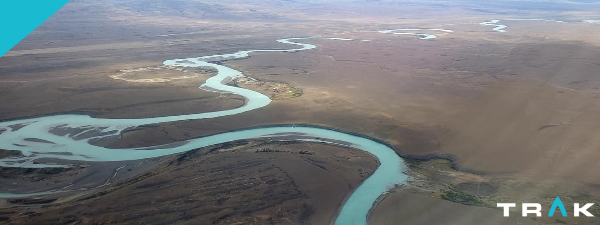


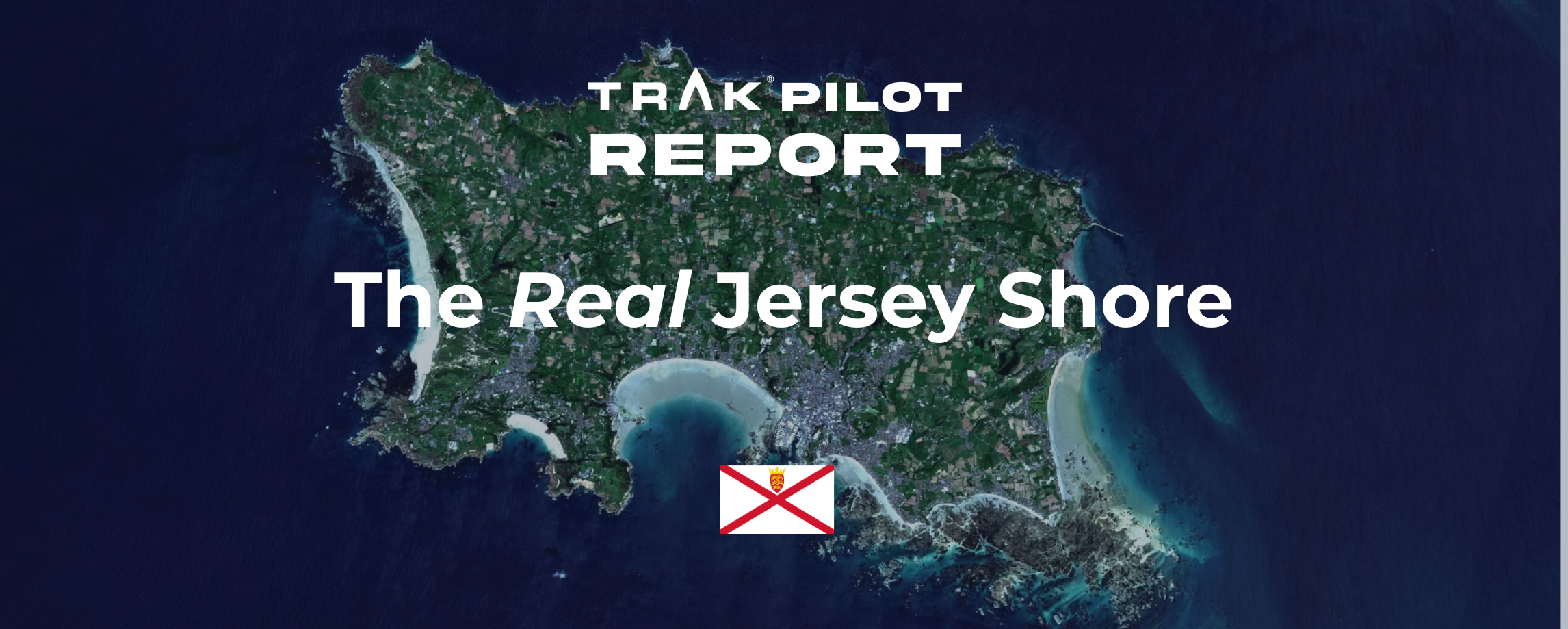




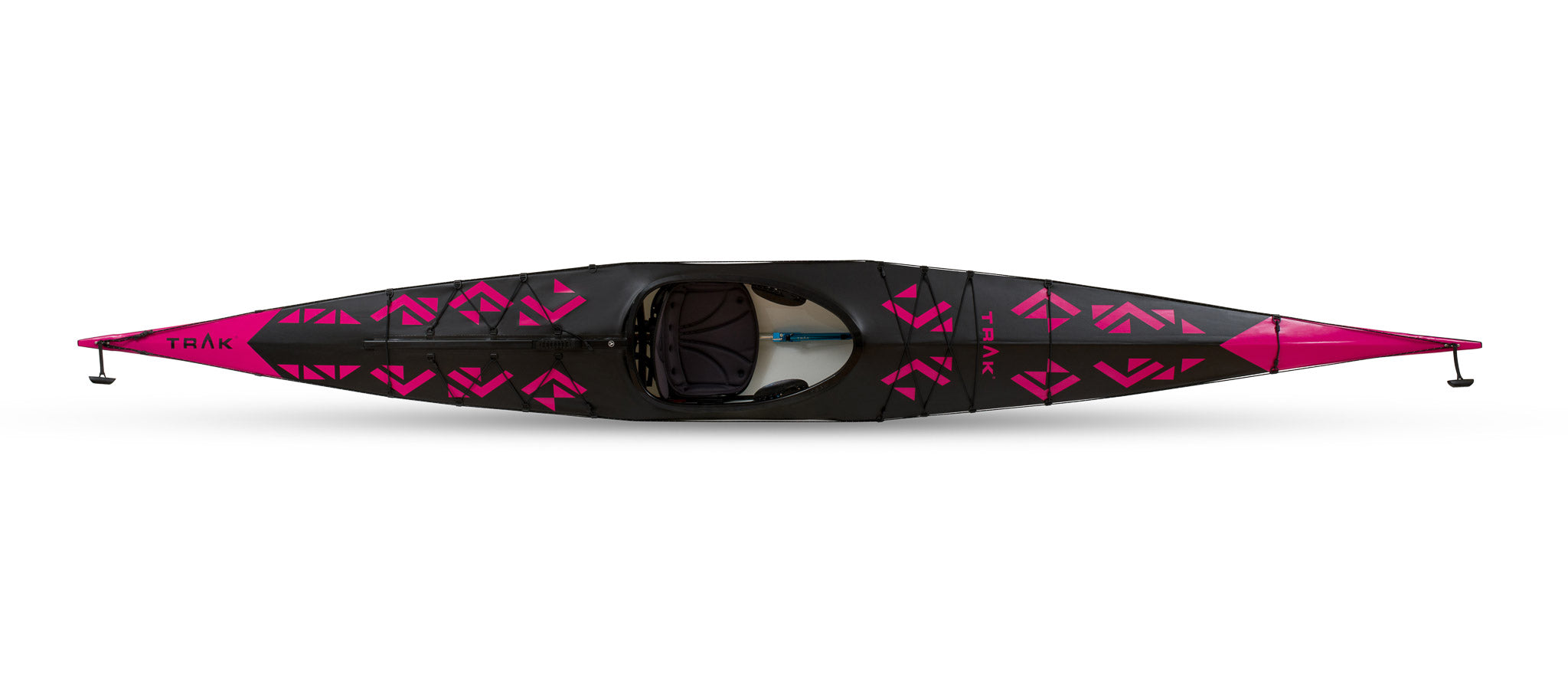


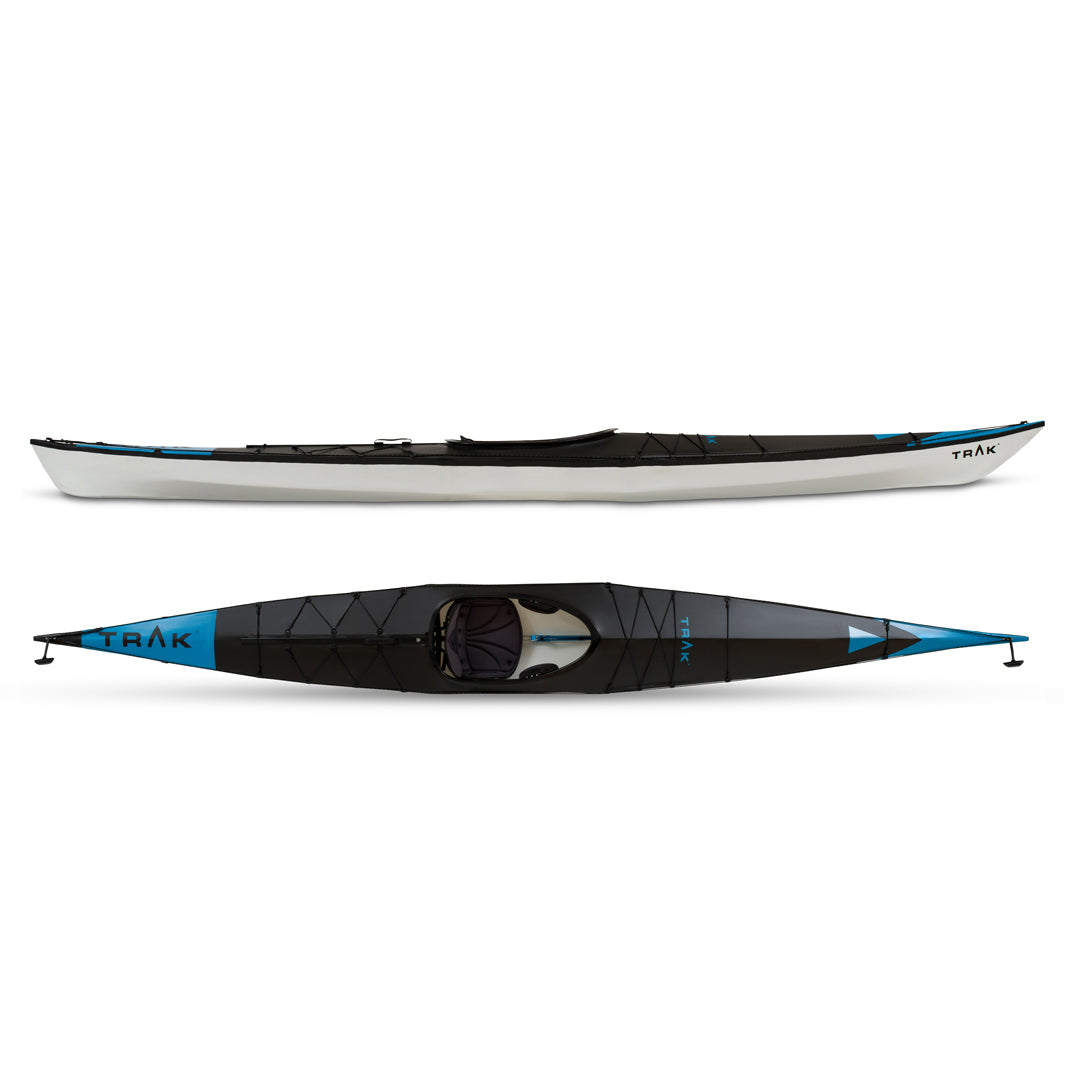


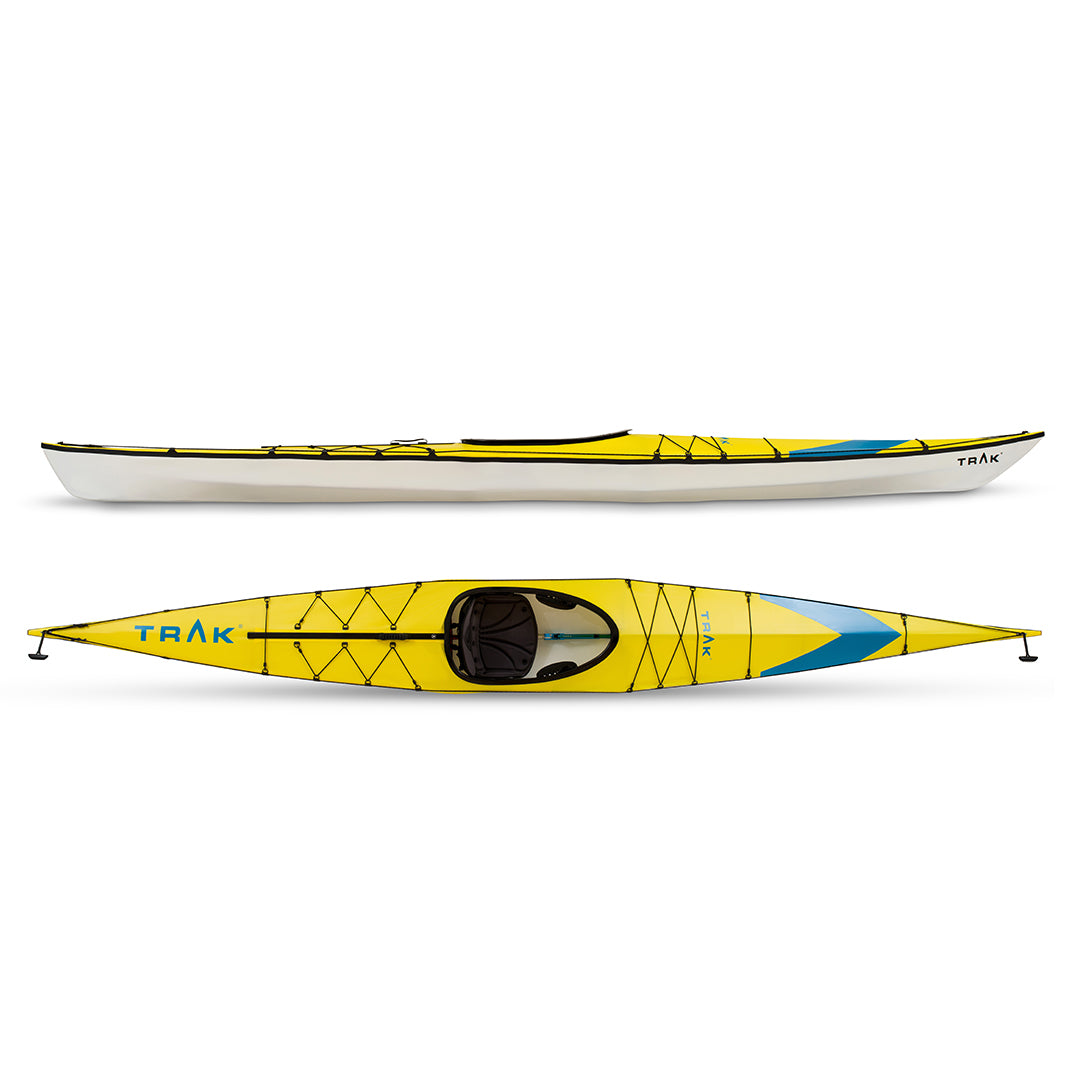




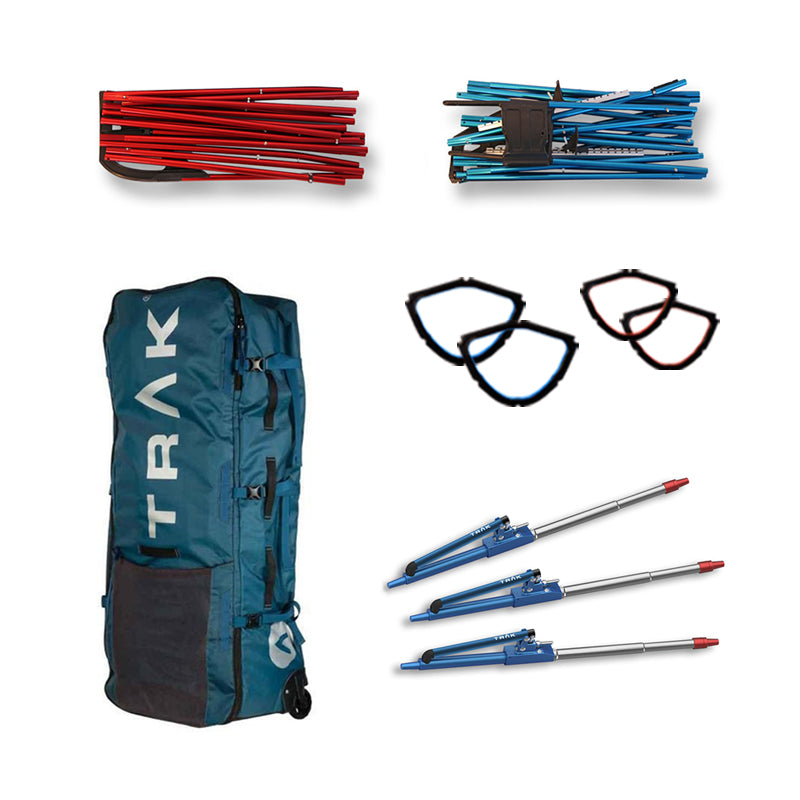
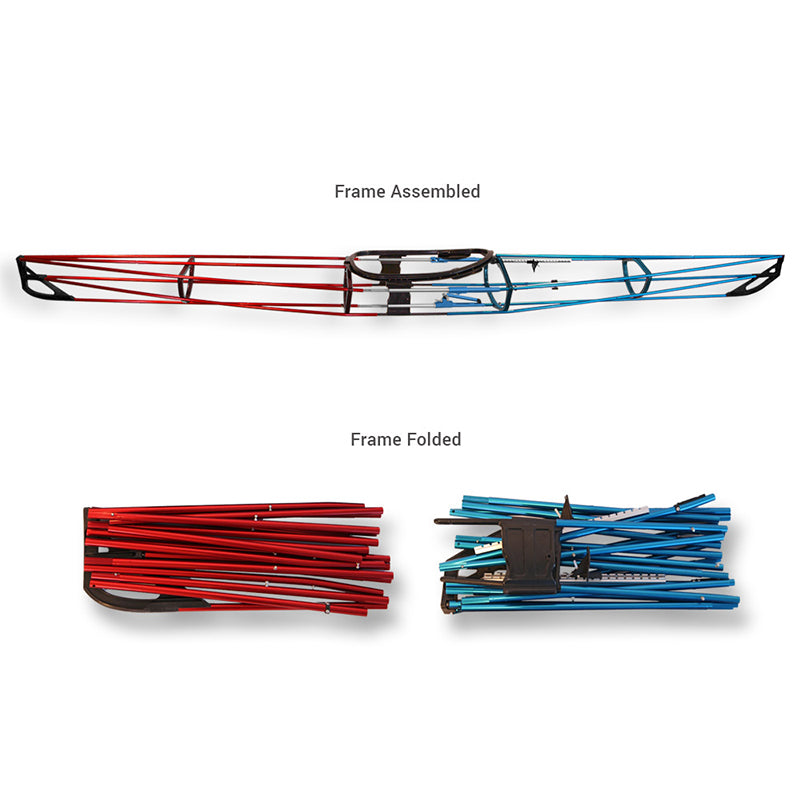

Share: